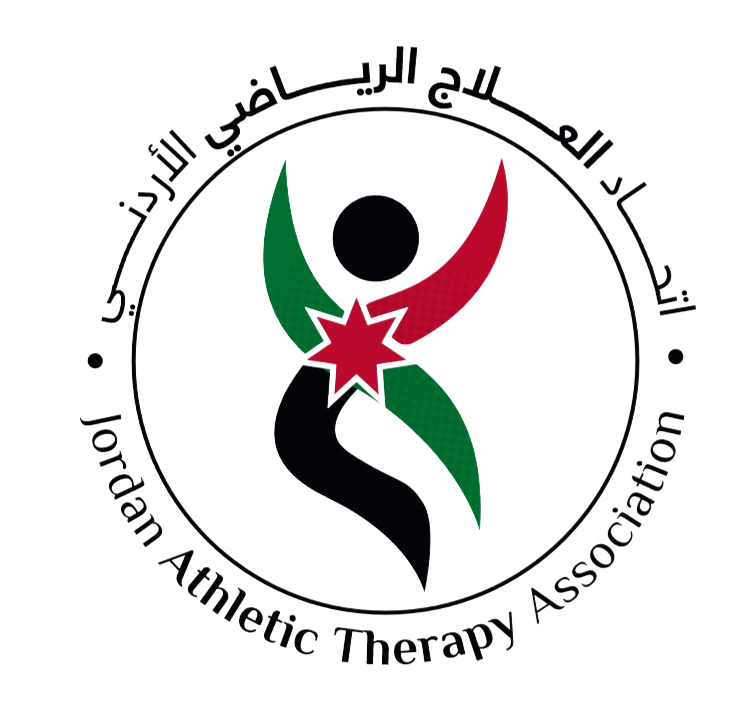
In November 2021, the International Olympic Committee (IOC) released the Framework on Fairness, Inclusion and Non-Discrimination on the Basis of Gender Identity and Sex Variations. The Framework aims to support International Federations (IFs) in the development of policies in relation to the participation of transgender (trans) athletes and/or athletes with sex variations that are sport-specific, evidence-based and rights-respecting.
Nutrition usually makes a small but potentially valuable contribution to successful performance in elite athletes, and dietary supplements can make a minor contribution to this nutrition programme. Nonetheless, supplement use is widespread at all levels of sport.
For over two decades, the Concussion in Sport Group has held meetings and developed five international statements on concussion in sport. This 6th statement summarises the processes and outcomes of the 6th International Conference on Concussion in Sport held in Amsterdam on 27–30 October 2022 and should be read in conjunction with the (1) methodology paper that outlines the consensus process in detail and (2) 10 systematic reviews that informed the conference outcomes.
This document presents the recommendations developed by the IOC Medical and Scientific Commission and several international federations (IF) on the protection of athletes competing in the heat. It is based on a working group, meetings, field experience and a Delphi process.
Acute illnesses affecting the respiratory tract are common and form a significant component of the work of Sport and Exercise Medicine (SEM) clinicians. Acute respiratory illness (ARill) can broadly be classified as non-infective ARill and acute respiratory infections (ARinf). The aim of this consensus is to provide the SEM clinician with an overview and practical clinical approach to ARinf in athletes.
Acute respiratory illness (ARill) is common and threatens the health of athletes. ARill in athletes forms a significant component of the work of Sport and Exercise Medicine (SEM) clinicians. The aim of this consensus is to provide the SEM clinician with an overview and practical clinical approach to non-infective ARill in athletes.
Relative Energy Deficiency in Sport (REDs) was first introduced in 2014 by the International Olympic Committee’s expert writing panel, identifying a syndrome of deleterious health and performance outcomes experienced by female and male athletes exposed to low energy availability (LEA; inadequate energy intake in relation to exercise energy expenditure).
‘Does your colleague know what to do on the pitch in case of a medical emergency? Do you?’ When traumatic and non-traumatic emergencies in football (soccer) occur, it is imperative that the healthcare professionals responsible for players are trained and equipped to recognise and provide appropriate care.
the Olympic Movement encourages all stakeholders to take measures to ensure that sport is practiced to minimise harm to the health of the athletes and with respect for fair play and sports ethics. To that end, it encourages those measures necessary to protect the health of participants by minimising the risks of physical injury, illness and psychological harm.
Injury and illness surveillance, and epidemiological studies, are fundamental elements of concerted efforts to protect the health of the athlete. To encourage consistency in the definitions and methodology used, and to enable data across studies to be compared, research groups have published 11 sport-specific or setting-specific consensus statements on sports injury (and, eventually, illness) epidemiology to date.
In October 2017, the International Olympic Committee hosted an international expert group of physiotherapists and orthopaedic surgeons who specialise in treating and researching paediatric ACL injuries.
Pain and injury are not synonymous. Pain can occur without sport injury, and sport injury may not necessarily manifest with pain. It is important to understand the basis of pain in elite athletes and then to begin non-pharmacological treatment based on the underlying aetiology.
Pain is a common problem among elite athletes and is frequently associated with sport injury. Both pain and injury interfere with the performance of elite athletes. There are currently no evidence-based or consensus-based guidelines for the management of pain in elite athletes.
Mental health symptoms and disorders are common among elite athletes, may have sport related manifestations within this population and impair performance. Mental health cannot be separated from physical health, as evidenced by mental health symptoms and disorders increasing the risk of physical injury and delaying subsequent recovery.
Athletes participating in elite sports are exposed to high training loads and increasingly saturated competition calendars. Emerging evidence indicates that poor load management is a major risk factor for injury. The International Olympic Committee convened an expert group to review the scientific evidence for the relationship of load (defined broadly to include rapid changes in training and competition load, competition calendar congestion, psychological load and travel) and health outcomes in sport.
The modern-day athlete participating in elite sports is exposed to high training loads and increasingly saturated competition calendar. Emerging evidence indicates that inappropriate load management is a significant risk factor for acute illness and the overtraining syndrome.
Despite the well-recognised benefits of sport, there are also negative influences on athlete health, well-being and integrity caused by non-accidental violence through harassment and abuse.
Guidelines on physical activity or exercise and pregnancy encourage pregnant women to continue or adopt an active lifestyle during and following pregnancy.
The goal is clear: Develop healthy, capable and resilient young athletes, while attaining widespread, inclusive, sustainable and enjoyable participation and success for all levels of individual athletic achievement. Yet, this is a considerable challenge for all stakeholders in youth sports—parents, coaches, administrators, sport governing bodies and, especially, youth athletes.
